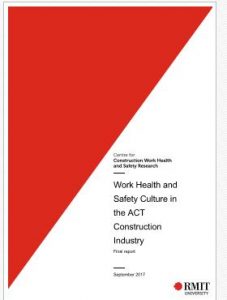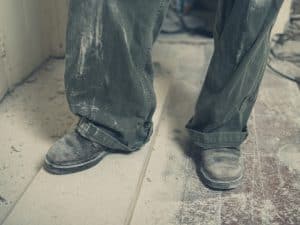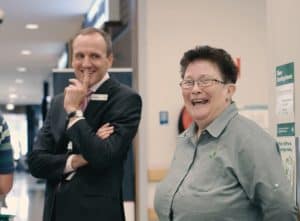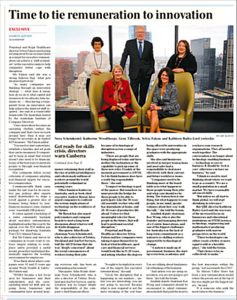 In 2012, the Australian Capital Territory (ACT) government undertook a review of safety in its construction industry and produced a report called “Getting Home Safely“. In early 2017, the Government contracted RMIT University to review the construction sector’s work health and safety culture in the aftermath of the 2012 report and government actions since them. The September 2017 report was only recently made public.
In 2012, the Australian Capital Territory (ACT) government undertook a review of safety in its construction industry and produced a report called “Getting Home Safely“. In early 2017, the Government contracted RMIT University to review the construction sector’s work health and safety culture in the aftermath of the 2012 report and government actions since them. The September 2017 report was only recently made public.
The RMIT University report includes a very good and super-current discussion about safety culture and safety climate but its findings are of limited help in improving OHS performance in the construction sector.

 As October is Australia’s Safe Work Month there are several awards evenings. On 19 October 2017,
As October is Australia’s Safe Work Month there are several awards evenings. On 19 October 2017, 
 The political debate about the dysfunctional
The political debate about the dysfunctional  One of the best elements of
One of the best elements of 